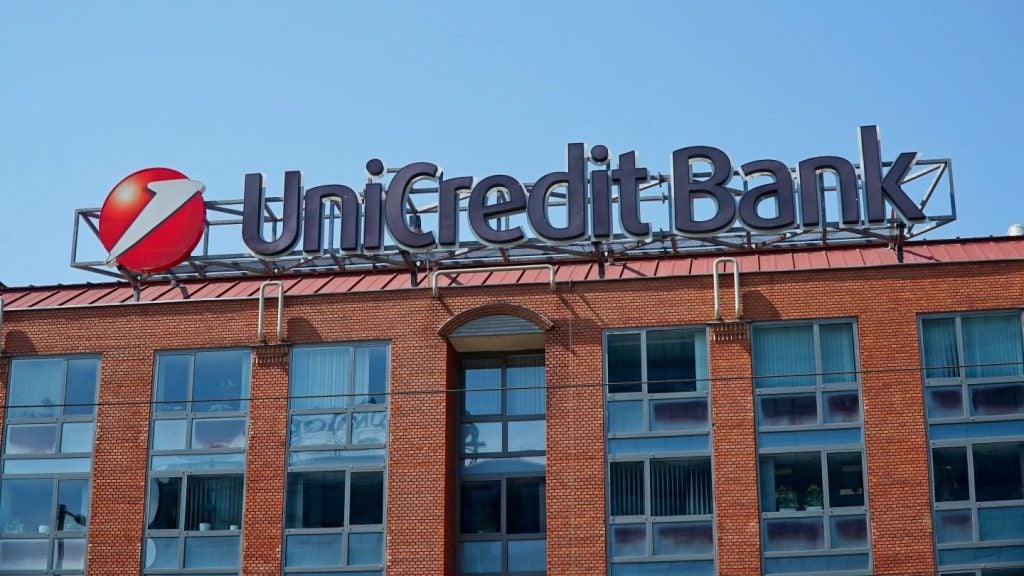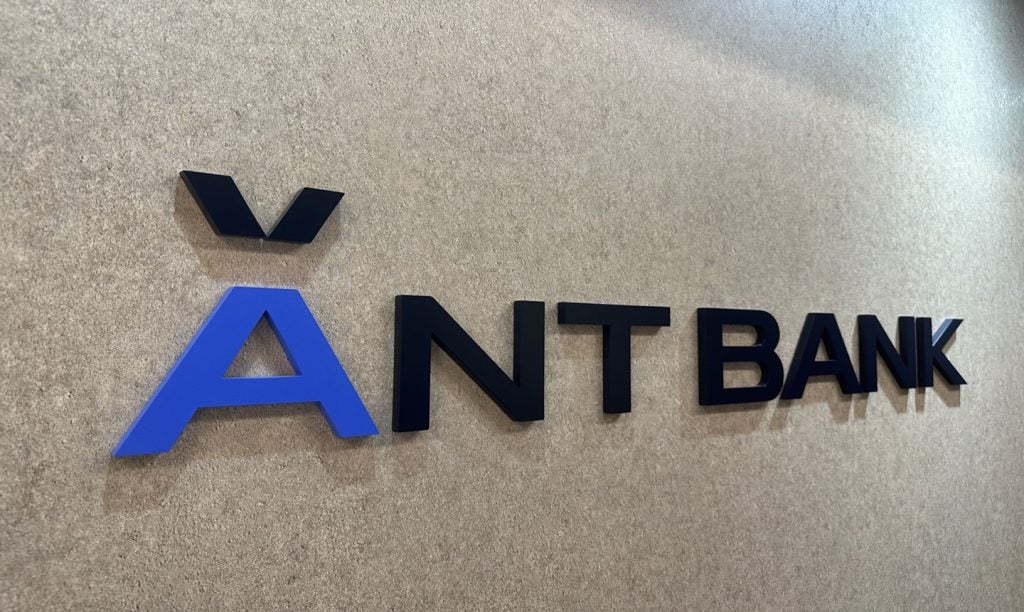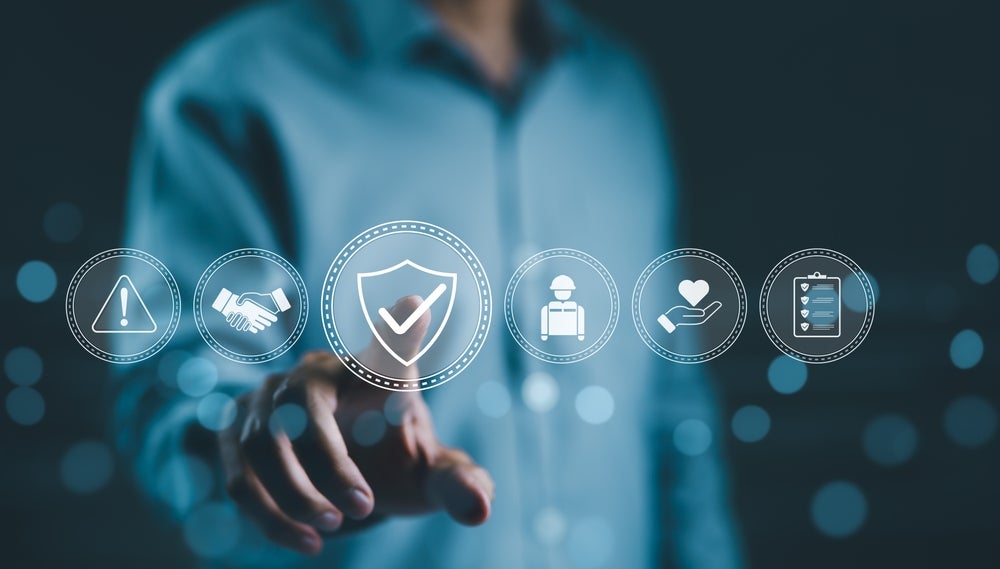A new study from Deloitte Research has highlighted hyper-personalisation as a precondition for success in retail banking. Mohamed Dabo reports
Hyper-personalisation is the use of data to deliver more personal and tailored products, services, and information. By hyper-personalisation, businesses can use omnichannel data to create customised customer journeys in real-time.
Hyper-personalisation will enable banks to differentiate their brand, boost their revenues, increase customer experience and customer engagement, and improve financial inclusion.
Those banks that seize the challenge most rapidly and deliver true end-to-end hyper-personalised products and services will create a significant advantage over their competitors.
To do so, Deloitte researchers content, banks need three ingredients:
(1) Infrastructure building-blocks (i.e. data analytics, behavioural science, and ethnographic research capabilities).

US Tariffs are shifting - will you react or anticipate?
Don’t let policy changes catch you off guard. Stay proactive with real-time data and expert analysis.
By GlobalData(2) Product functionality innovation to improve the existing products and services.
(3) Product design innovation to build an emotional connection with their customers.
Those banks that will master these three ingredients, they conclude, will make significant progress in terms of differentiating their brands and multiplying their revenues.
In addition, these banks will also play an active corporate citizenship role by reducing the risk of financial exclusion.
The brand differentiation argument
In terms of customer service, firms can advertise products based on a customer’s real-world context (e.g., offering products related to those previously bought).
In terms of customer engagement, firms can now interact with their customers beyond the point of sale to respond to and even anticipate their customers’ latent needs.
Overall, smart devices are facilitating a drive for hyper-personalisation, thus offering banks the possibility of further embedding them as part of their customer experience (e.g., a UK Challenger bank has been experimenting with Google Home to enable its customers to carry out balance enquiries and payments through voice commands).
Customer experience is predicted to overtake price and product as a firm’s brand differentiator.
Rapidly-evolving customer experience means that customers want interactions with their bank to be as sophisticated, immediate, and personalised as their experiences with other industries.
As a result, financial services customers are willing to share data as long as they receive offerings tailored to their needs.
94% of banks cannot deliver on this hyper-personalisation potential
Hyper-personalisation helps to solve this by providing customers with only those options that are suited to their needs.
For example, Netflix uses evidence selection (i.e. the process of endorsing a movie with the most effective cue, message, tag or label) to help customers choose what to watch before choice overload sets in.
Customer experience is also fuelling societal expectations, which are supported by governments and regulatory expectations.
Customers increasingly assess firms – including banks.
Having a good reputation is becoming essential to delivering customer satisfaction, building loyalty, and thereby driving profitability.
For banks, being seen as a good corporate citizen depends, in part, on how well they fare on financial inclusion.
Indeed, financial inclusion is a key priority for both the government and regulators.
Hence, banks need to tackle customers who are underbanked due to products and services that are:
• Charged at prices that are unaffordable or represent poor value-for-money
• Not granted for risk-management reasons
• Complex (i.e. difficult to understand).
Applying behavioural science to real-time processing of big data can provide a more comprehensive understanding of consumers’ behaviour (and spell out the differences between their stated vs their observed behaviour) than was possible even in the recent past.
For example, a UK Insurtech uses black-box data to calculate risk scores, which are reported, real-time, via mobile apps to drivers so that they can better understand and improve their driving behaviour.
In addition, the driver’s insurance premium is periodically recalculated to reflect the driver’s performance.







